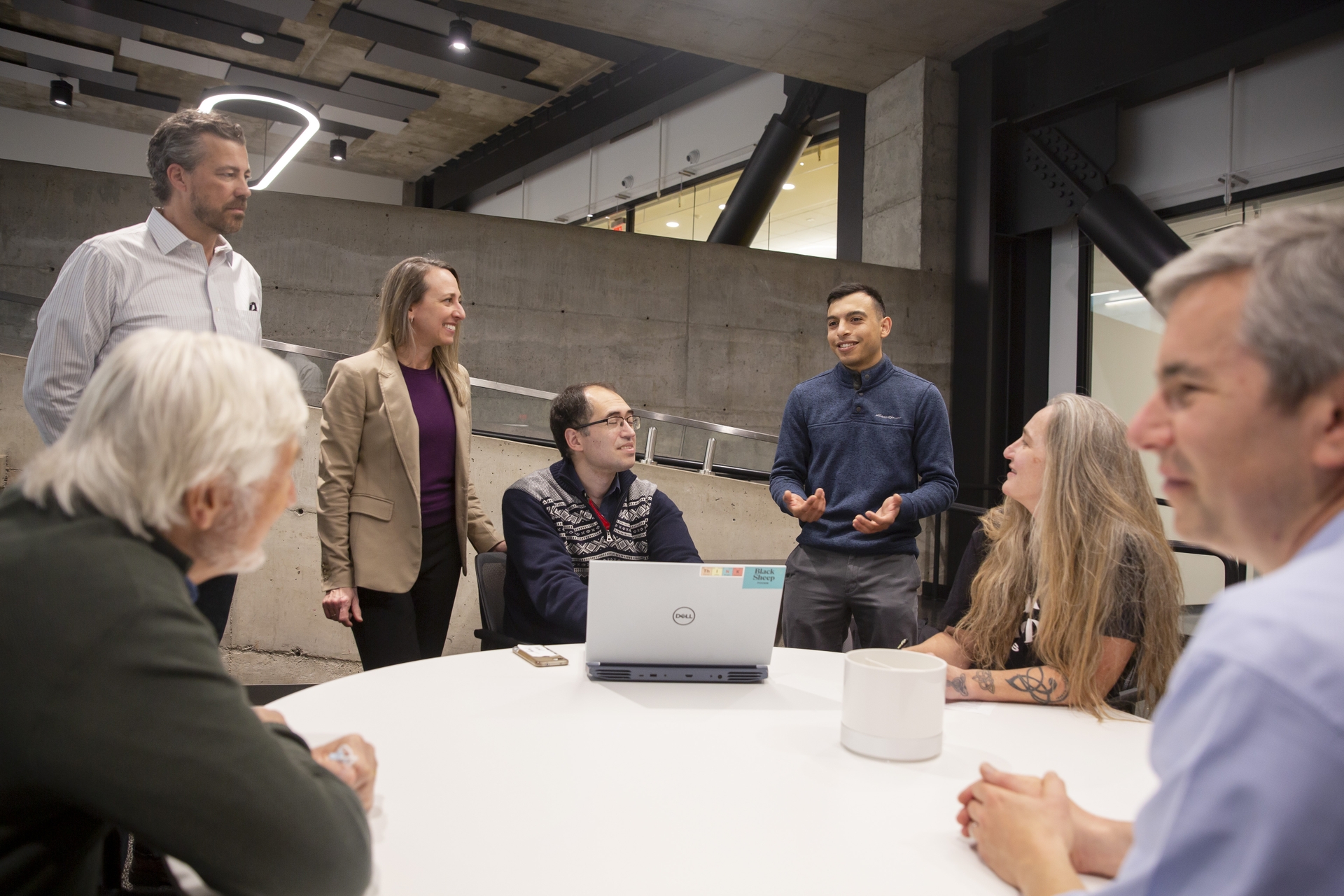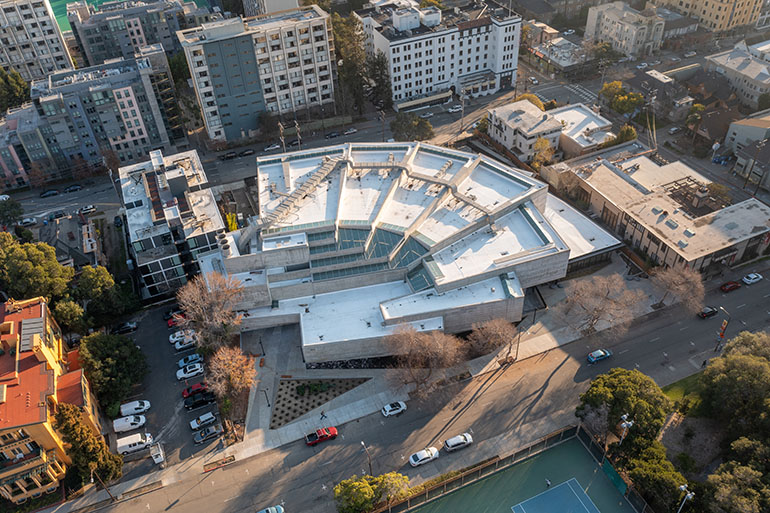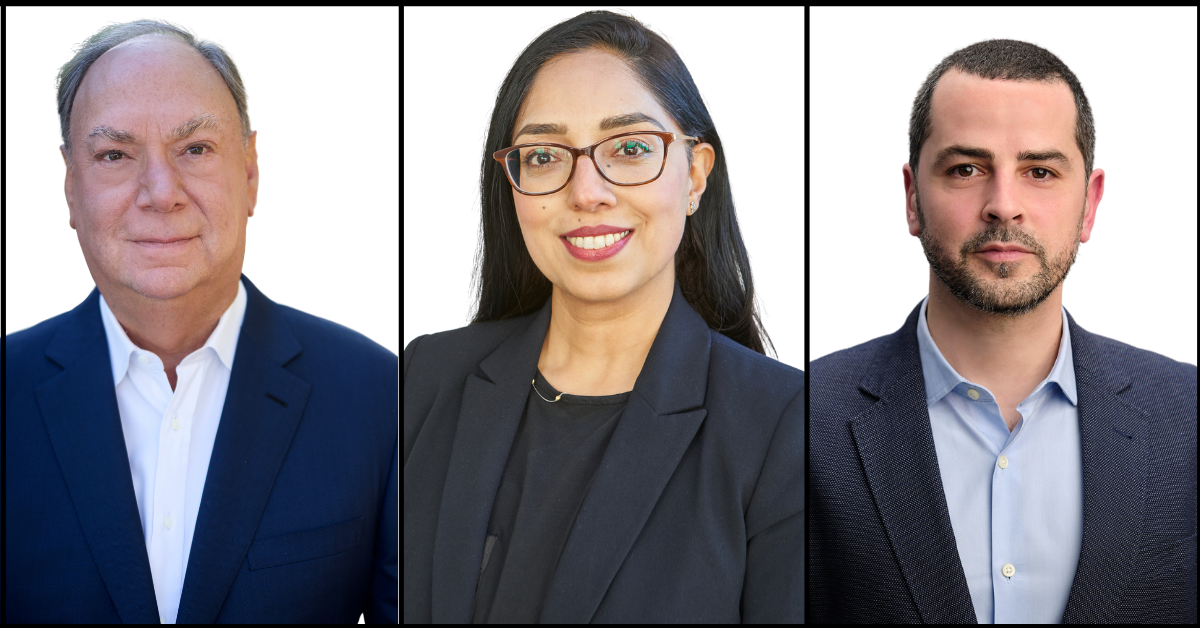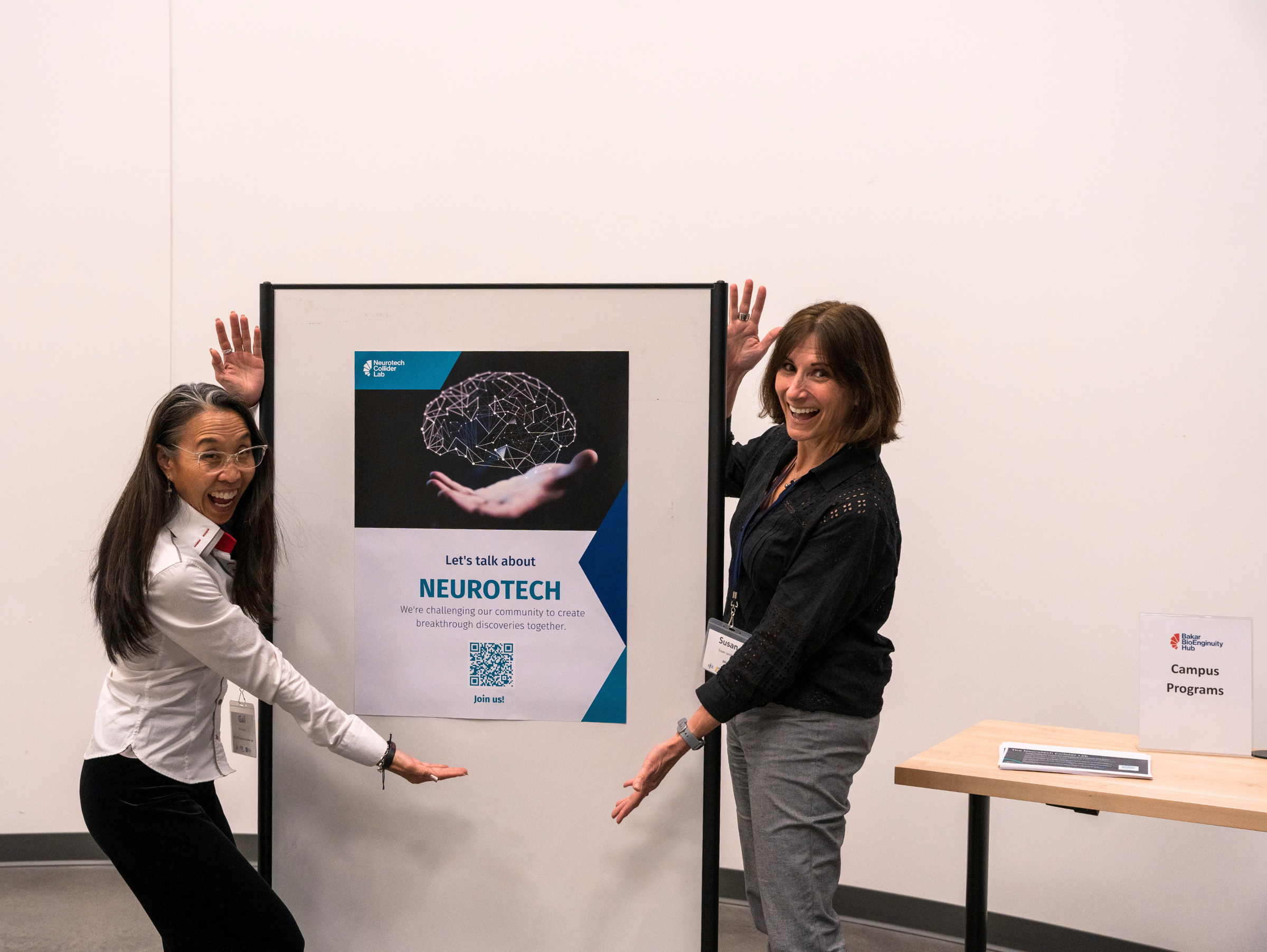BioEnginuity Impact Grant: Celebrating the Visionary Impact of STEM Changemakers
By: Niki Borghei

This year, the Bakar BioEnginuity Hub announced the launch of the BioEnginuity Impact Grant (formerly Berkeley BioEnginuity Fellowship), which is designed to inspire the next generation of researchers to channel their doctoral research towards addressing critical societal challenges. Emphasizing a commitment to making a tangible impact, the fellowship encourages fellows to explore interdisciplinary avenues that can contribute to solving issues such as the climate crisis and advancing equitable healthcare technologies.
What sets the BioEnginuity Impact Grant apart is its unique approach to fostering societal impact without the expectation of prior entrepreneurship experience. The program challenges fellows to reimagine the final stages of their doctoral research, urging them to consider novel interdisciplinary directions that address existential societal problems. Whether through direct implementation or open-source translation, the emphasis is on moving research beyond the academic realm to actively benefit communities.
The BioEnginuity Impact Grant is not just a recognition; it is a transformative journey. In addition to continuing their dissertation research, fellows will engage in enriching extracurricular activities. These include professional development and leadership workshops, mentoring opportunities with BBH and Bakar Labs, and networking with industry experts aligned with their research focus or areas of interest.
After a rigorous selection process, the BioEnginuity Impact Grant is thrilled to introduce the first cohort of fellows who have demonstrated an outstanding commitment to leveraging their STEM+ research for the betterment of society. Each winner showcased a compelling vision of how their research could contribute meaningfully to pressing global challenges.
Meet the inaugural winners below:
Daniel Lim – EXODIA: Data-Driven Design of Modular Prosthetic Hands Using Parameter Modeling
Daniel is working on providing functional and affordable modular prosthetic hands that could provide assistive devices for people in need. Here’s the concept video.
Q: What made you interested in this area of research?
A: I was part of a team building a 3D-printed prosthetic hand for kids back in 2015, using an open-sourced prosthetic hand design. It was covered in Berkeley Engineering magazine. I got many requests from people who could not afford the current prosthetic hand option. However, even though 3D printed prosthetic hand reduced the fabrication cost in the prototyping stage, it still required high design and fabrication costs when we tried to scale up. Thus, I left the project for a while realizing it required different skill sets back then. After years of working at a startup, or research lab, I finally concluded that I’m ready to solve this design challenge by using a modular design concept.
Q: Why did you decide to apply for the grant?
A: The fellowship highlighted entrepreneurship and bringing research out to the world with a suitable business model. I strongly believe that prosthetic hand research can shine through by being used by users in reality. I was drawn to the fellowship application because I was encouraged to turn an engineering marvel into a real-world solution.
Q: What are you most looking forward to as a grant winner?
A: Getting direct feedback from mentors in industry and academia in addition to the network that would lead this innovation into a practical usage.
Kyungyong Seong – Predicting Interactions Between Immune Receptors and Pathogen Virulence Proteins
His project focuses on engineering plant immune receptors to establish novel recognition specificities against plant pathogens to address challenges in sustaining global food production for an increasing population. This initiative aims to shift the balance in the ongoing battle between plants and pathogens, ensuring plant resilience in the face of evolving threats. His current system is an immune receptor from wheat that recognizes pathogen molecules from fungal pathogens, Puccinia.
Q: What made you interested in this area of research?
A: I stepped into the plant immunity and plant-pathogen interaction field as a genomic scientist and encountered a wealth of evolutionary insights into the struggles between plants and their pathogens. Observing the evolution of plant immune receptors and pathogenic molecules across diverse genomes, species, and the vast tree of life fascinated me deeply. This fascination grew into a keen drive to translate the knowledge and lessons gleaned from these biological narratives into solutions benefiting breeders, farmers, and ultimately, consumers like us. This pursuit led me to spend extensive hours at my laboratory bench, pipetting and challenging my hypotheses. The intellectual stimulation and personal fulfillment from this pursuit has further fueled my passion for addressing the scientific challenges within the field.
Q: Why did you decide to apply for the grant?
A: Throughout my PhD, I discovered a passion for founding a startup dedicated to applying novel scientific solutions to global agricultural challenges. The BioEnginuity Fellowship’s focus on entrepreneurship and innovation perfectly aligned with my aspirations. I saw this opportunity as a gateway to connect with like-minded individuals, exchange inspiring ideas and gain community support to propel me towards achieving my next career objectives.
Q: What are you most looking forward to as a grant winner?
A: My research has revolved around building scientific foundations for immune receptor engineering. Nonetheless, my interest is gradually shifting towards streamlining the process for faster data generation and collection, which will lead to numerous opportunities for exciting applications, such as machine learning. This transition will require a new set of technologies and skills I am eager to explore. I am thrilled about forging connections with the experts and fellows with the right skill sets and enthusiasm to join me on this scientific journey.
Eva Gerber – Probing Protein Energy Landscapes in High Throughput
Eva is developing a high-throughput approach to monitor protein energetics by combining yeast display and click chemistry.
Q: What made you interested in this area of research?
A: This work is really exciting from a basic science perspective, and it could have important practical implications. For example, a major factor limiting the efficacy of biologics is their lifetime in the body, which is, in part, determined by a biologic’s stability and dynamics – so deepening our understanding of how protein energetics are encoded may unlock the potential of protein therapeutics. This project allows me to ask basic scientific questions that have clear real-world applications.
Q: Why did you decide to apply for the grant?
A: I applied for the fellowship because it seemed like a great match for my interests. I’m excited about interdisciplinary research in the biology and physical sciences, and I am interested in working on projects that further basic science and can also improve society.
Q: What are you most looking forward to as a grant winner?
A: I am really excited to meet the other fellows! I am looking forward to being part of a community eager to leverage scientific insights for the benefit of society.
Lauren Orr – Discovery and Mechanistic Deconvolution of Degradative and Non-degradative Electrophilic Molecular Glues
Discovering new disease therapies is hindered by over 90% of the proteome being “undruggable.” Chemically-induced proximity (CIP) addresses this by using small molecules to bring non-interacting proteins together, potentially leading to target degradation or functional modulation. In Lauren’s project, she is screening electrophile-containing derivatives to identify molecular glues, employing covalent chemoproteomic platforms to uncover induced binding partners, with the goal of defining design principles for future molecular glue discovery in cancer therapy.
Q: What made you interested in this area of research?
A: I’ve always been naturally curious and inquisitive, but my interest in science is strongly motivated by an application or utility. When I went to college, I knew that I wanted to study a field in which I could work towards improving human health, so I pursued research in a medicinal chemistry lab. In this lab I was exposed to the fields of chemically-induced proximity (CIP) and targeted protein degradation (TPD), which were at the forefront of cutting-edge drug discovery. When choosing a lab in graduate school, I found that the Nomura lab, who uses chemoproteomic approaches and covalent medicinal chemistry to solve highly relevant problems in cancer drug discovery, was a perfect fit for my own interests in innovative, impactful and application-focused science. Working in the areas of CIP and TPD feels truly exciting because of the youth of these fields, the opportunity to define our understanding of how proteins interact with each other, and our research’s immense potential to make a difference in real patient lives.
Q: Why did you decide to apply for the grant?
A: I decided to apply for the BioEnginuity Fellowship because I feel that the goals of the BioEnginuity Hub are well aligned with my own, since one of my primary motivations is to ultimately improve human health and help patients with my work. Since the BBH is devoted to bringing research to real world applications, I wanted to pursue the fellowship because I felt that the BBH would be interested in funding my research and enabling its use beyond academic settings.
Q: What are you most looking forward to as a grant winner?
A: The most exciting part of being a Berkeley BioEnginuity Fellow for me will be the connections I make! Berkeley is a truly exciting place—there are so many others doing incredibly creative and innovative work, and I am hoping that I get to meet and interact with others like-minded individuals in order to learn from them and share ideas. In meeting leaders in the startup and VC space, I also may be able to find ways to apply my work to real-world applications, or I may find people to connect me to fruitful collaborations to enable even more creative discoveries.





